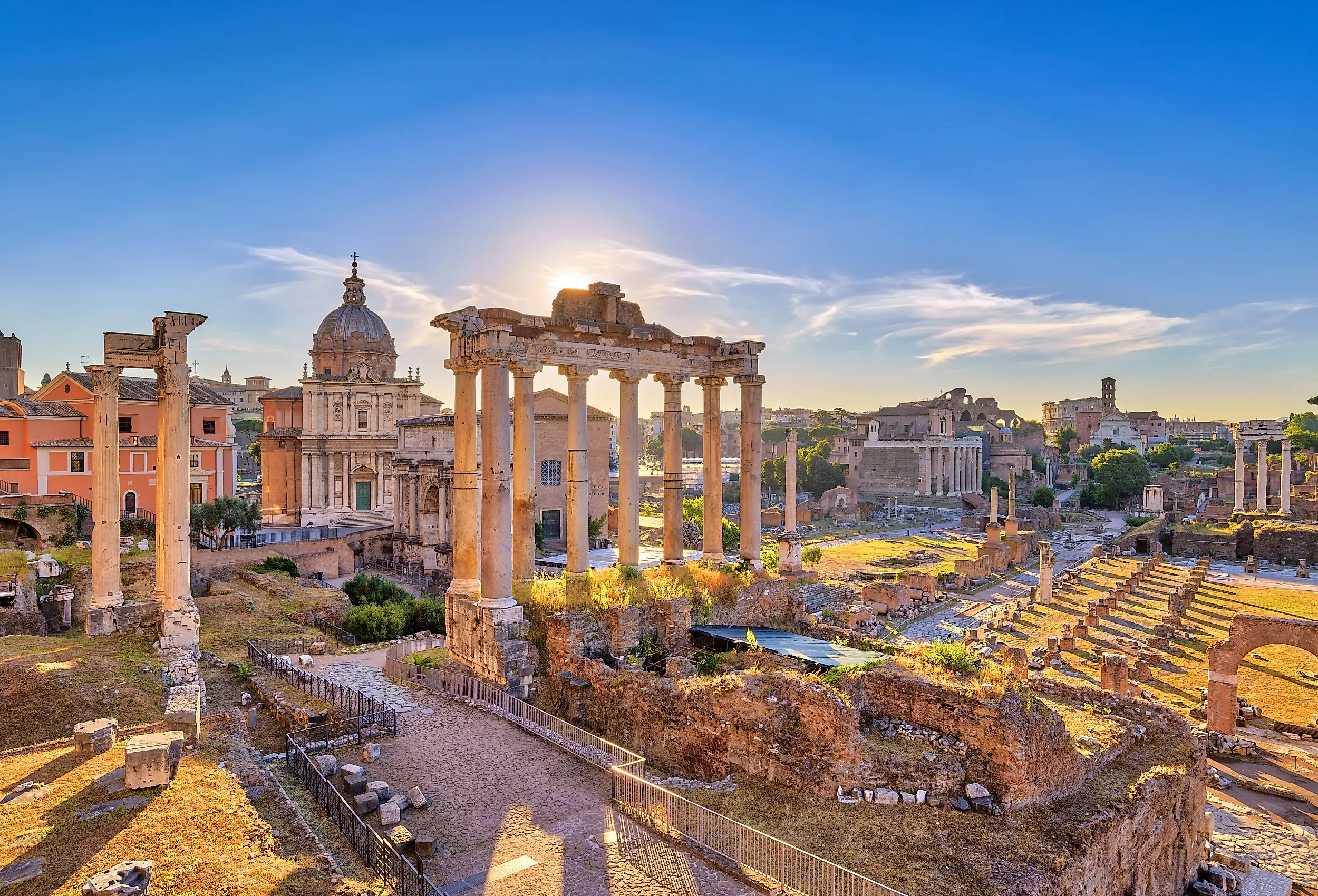
Greatest Empires in the History of the World
Whether it is through military prowess, scientific achievements, or an advanced culture, there are many traits that define the greatest empires in the history of the world. In concept, an empire is "an extensive group of states or countries ruled over by a single monarch, an oligarchy, or a sovereign state." In practice, an empire is a tale of brutality and oppression for those that the empire conquers. The histories of many of these empires relate in rule and scope, as they often succeeded each other by expanding on the infrastructure of prior imperial eras. However, in the centuries of rule that these mega-states presided over, destruction was not the only symptom: great periods of technological and cultural progress, and even mercy for those that chose to submit, occurred semi-frequently.
Akkadian Empire
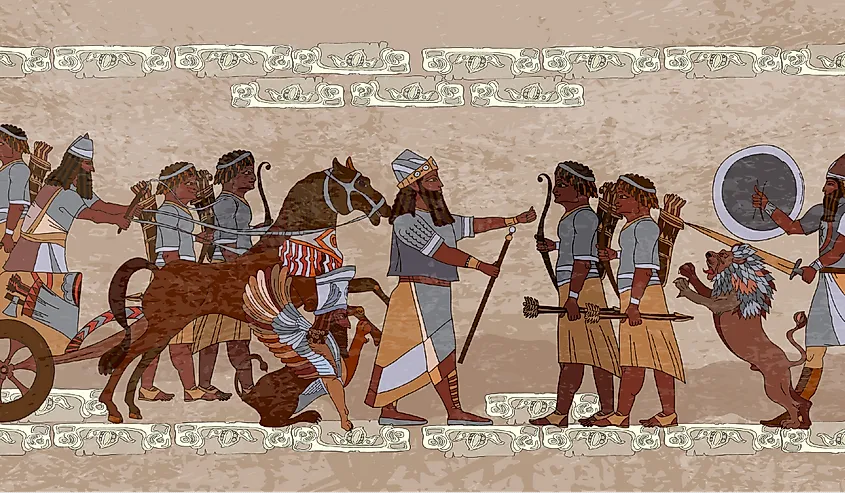
The Akkadian Empire, established around 2334 BCE, marked a significant period in ancient Mesopotamia. Founded by Sargon of Akkad, it is one of history's earliest empires. At its zenith, the empire reigned over 310,000 square miles, demonstrating the strength of centralizing power as well as a novel capacity for administration and infrastructure. The Akkadian language became the lingua franca due to the rule of Akkadian administrators, although forms of Sumerian and Elamite were still used. The empire made significant strides in arts and sciences, with notable achievements in cuneiform script, which influenced later civilizations (and the aforementioned languages themselves). However, the empire faced challenges due to its large population, administrative complexity, and external threats.
Its decline around 2154 BCE stemmed from political instability, economic decline, and invasion by the Gutians. Until recently, it was falsely believed the Gutians and their kings swept suddenly into the area and overwhelmed the nation, but in reality, they had roots going back 100 years in the region. Furthermore, evidence of a drought around 2200 BCE also placed additional stress on the state. Upon collapsing, the Akkadian Empire's regions reverted to a system of independently managed city-states, which, while functional, still signified a period of "dark ages" societally.
Roman Empire
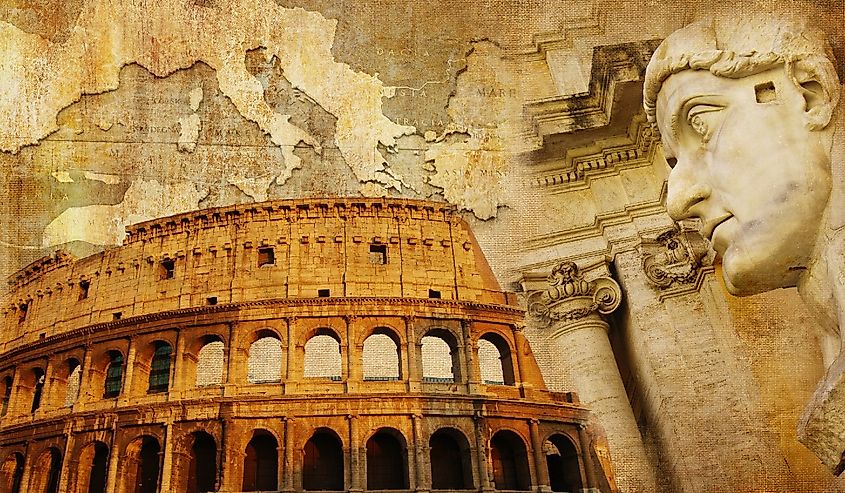
The Roman Empire, emerging from the Roman Republic in 27 BCE, was a geopolitical entity that profoundly shaped the future of Western civilization. The transition from a republic (ruled by representative senators) to an empire hinges on the ambitions of its first emperor, Julius Caesar, who began his rise to power when he was elected dictator in order to singularly respond to instability. Although he was assassinated by a group of senators, Julius' adopted son Augustus became the subsequent emperor. Rome's historical narrative spanned around five centuries until its fall in 476 CE.
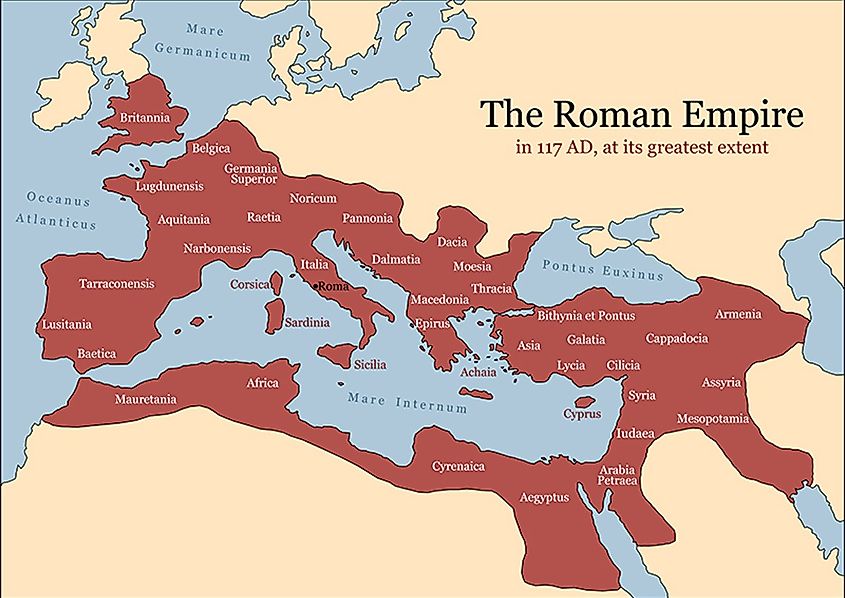
The empire's territorial expanse, at its peak under Emperor Trajan, spanned three continents and is due in part to military innovations, such as perfecting the ancient phalanx. Roman law and governance models influenced numerous modern legal and political systems. Infrastructure, like roads, aqueducts, and architecture, notably the Colosseum, underscore the empire's achievements. Latin, its lingua franca, became the foundation of Romance languages. The empire's conversion to Christianity under Constantine I further shaped the future of Western religious culture. The Pax Romana period epitomizes its prosperity and stability. However, the empire also faced numerous crises, including economic instability, military overreach, societal decadence, and barbarian invasions, leading to its eventual fragmentation in 395 CE.
Persian Empire (Achaemenid Empire)
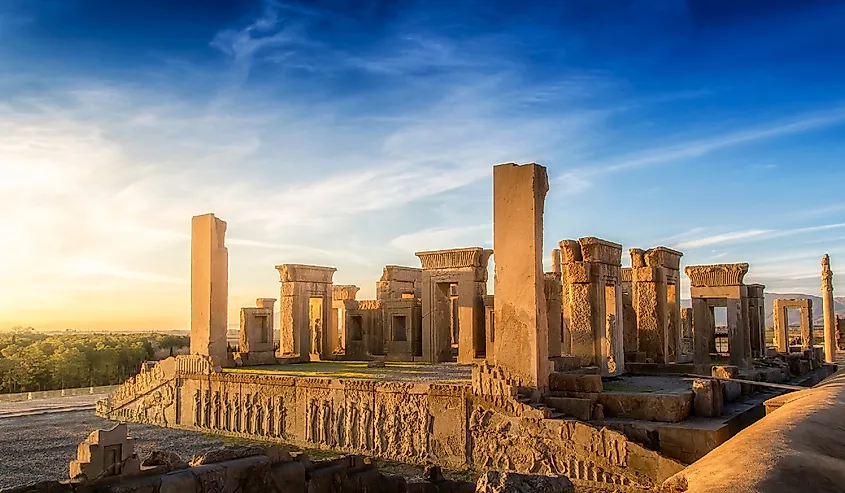
The Persian Empire, spanning 550 to 330 BCE, was one of history's most powerful and expansive empires, established by Cyrus the Great. Its peak covered three continents: Asia, Africa, and Europe, including modern-day Iran, Egypt, Turkey, and parts of India and Greece. The empire had an efficient bureaucracy, run by satraps or provincial governors, and a postal system fostering communication across vast territories. Infrastructural achievements like the 1,553-mile Royal Road facilitated trade and military movements.
Despite its military strength, the Persian Empire demonstrated a policy of tolerance towards conquered people, respecting their customs and religions (one popular example is the restoration of the temporarily-exiled Jewish people). Under Darius the Great, the empire codified laws and introduced standardized weights and measures. However, power struggles and external threats, notably the Greco-Persian wars, gradually eroded its stability. Alexander the Great's conquest in 330 BCE marked the end of the Persian Empire, and the territory fell under the rule of the Ptolemaic Kingdom and the Seleucid Empire after Alexander's death.
Mongol Empire
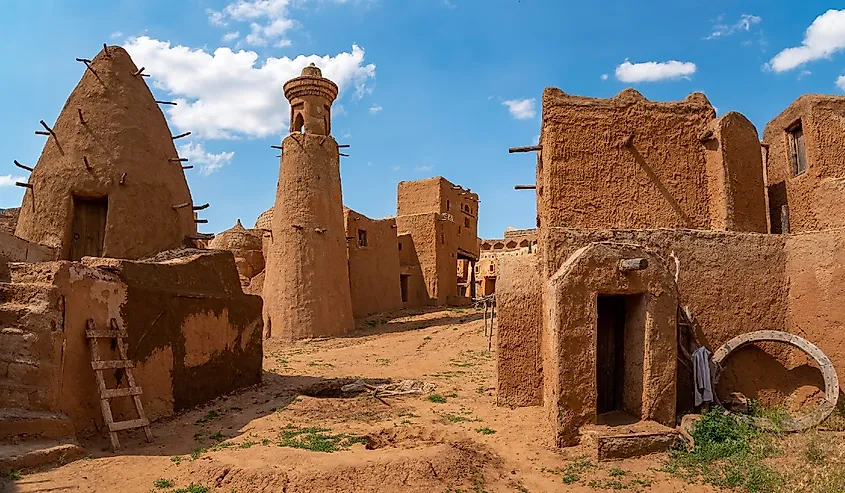
The Mongol Empire, founded by Genghis Khan in 1206, was a monumental force in world history. Exhibiting exceptional military strategy and organizational skills, the Mongols established the largest contiguous empire ever, spanning Eurasia from China to Eastern Europe. Their advanced communication system, the Yam, facilitated control over distant territories. The Yam relied on countless, well-guarded relay posts that supplied fresh horses to messengers every 25 miles. The empire's religious tolerance and merit-based promotions helped sway populations into submission without conflict. However, their expansion also entailed brutal conquests and mass killings (those who refused to submit were turned into examples), leaving a stark legacy of destruction.
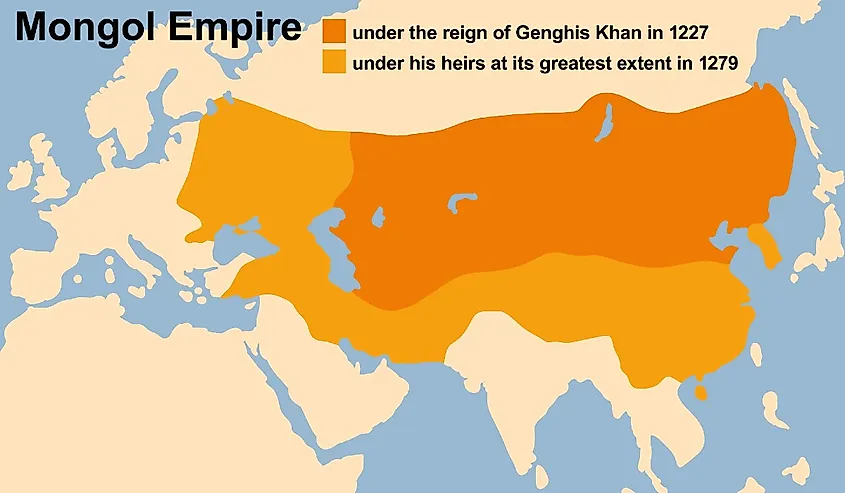
The Pax Mongolica, their period of peace, facilitated unprecedented cultural exchange and trade along the Silk Road, influencing societies from Asia to Europe. However, domestic conflict, succession issues, and rebellions led to the empire's fragmentation into khanates by the late 13th century. As a legacy, the empire left a trail of roughly 50 million deaths in its wake, which substantially affected global demographics during a time when the world population was approximately 500 million.
Ottoman Empire
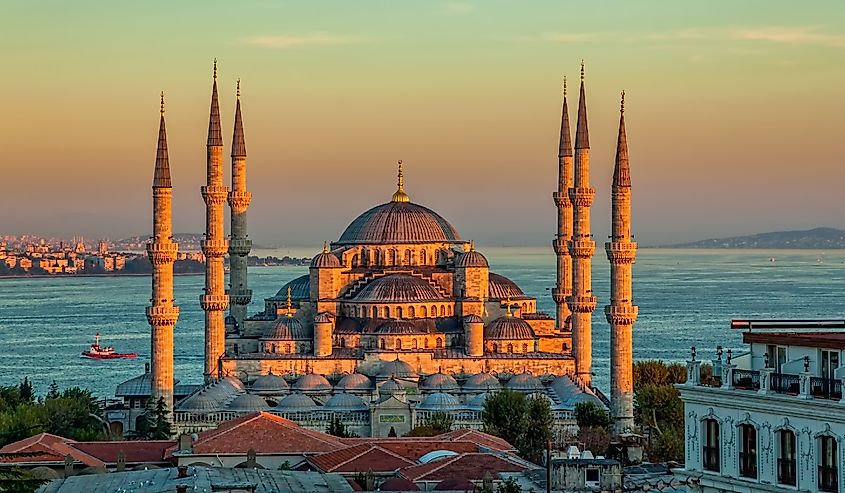
The Ottoman Empire (1299-1922) was a significant global power strategically situated between Europe and Asia. Its multiethnic, multicultural structure is evidence of its imperialistic endeavors. Rooted in Turkish tribes under Osman I, it expanded rapidly, reaching its zenith under Suleiman the Magnificent (1520-1566) when it encompassed Southeast Europe, Western Asia, and North Africa. The Ottoman Empire swallowed up much of the Eastern Roman Empire and claimed itself to be, therefore, the inheritor of the Roman Empire.
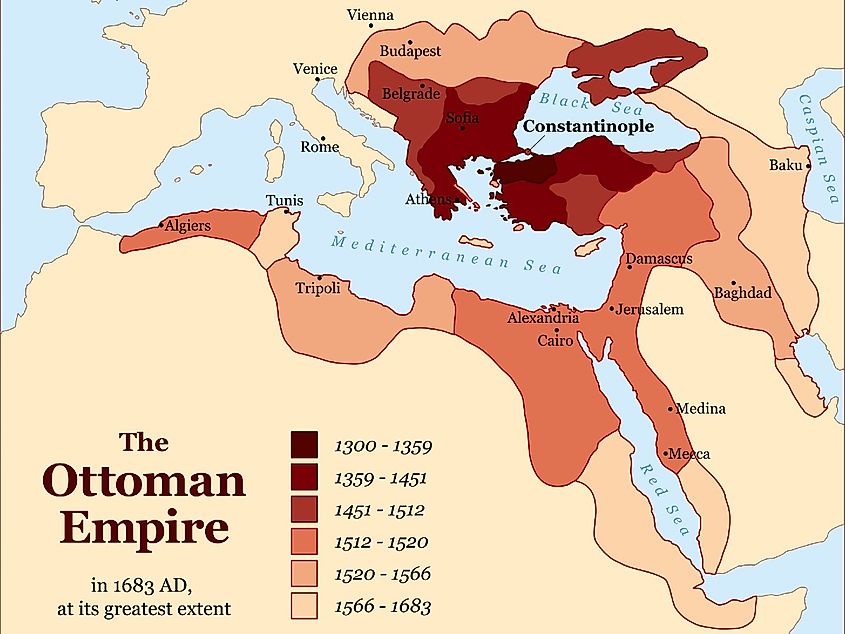
The empire's administrative structure, with its military elite (Janissaries), religious tolerance, and well-established laws, created social stability. However, long-lasting wars, internal strife, and increasing Western influence precipitated its decline, culminating in its partition after WWI. The Allied Powers occupied the territories of the opposed Central Powers, which included the Ottomans, and divided their territories between the United Kingdom and France. However, a successful rebellion instigated by Mustafa Kemal Atatürk created the smaller but reminiscent modern-day nation of of Türkiye.
British Empire
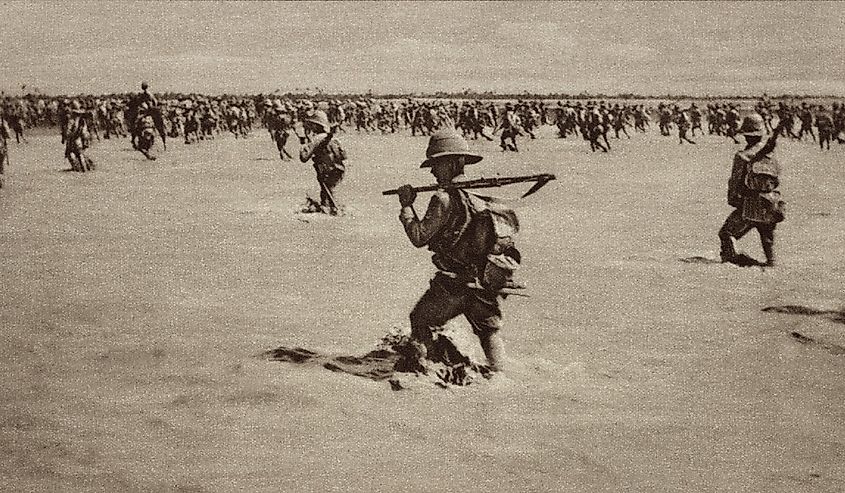
Once the world's most extensive geopolitical entity, the British Empire profoundly shaped global history from the late 16th century to the mid-20th century. By wielding maritime exploration, trade, and colonization, it established a complex imperial system of governance and economic control over numerous territories across nearly all continents. Although it brought infrastructural advancement and cultural exchange, it also imposed cultural hegemony, economic exploitation, and significant human rights abuses, including slavery and the eradication of indigenous societies.
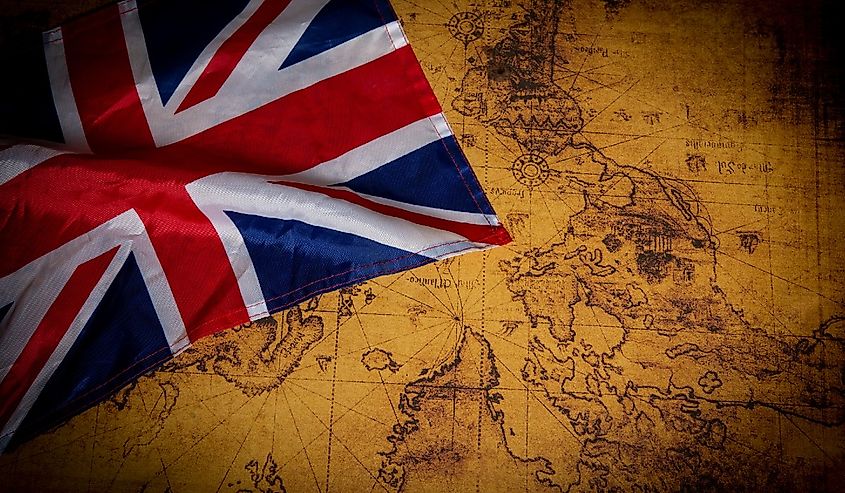
Globalization in the past two centuries is partly responsible for the downfall of the empire (and empires in general), in which administrative inefficiencies and ethical faults tend to outweigh benefits. The cracks first revealed themselves during the American War for Independence around 1783, and additional colonies followed suit upon sensing weakness. The British Empire's legacy remains contentious; many former colonies have achieved remarkable progress post-independence yet grapple with socio-economic and political issues rooted in their colonial past. The British Empire's influence on language, law, and governance remains evident globally, particularly in the Commonwealth of Nations.
Russian and Soviet Empires
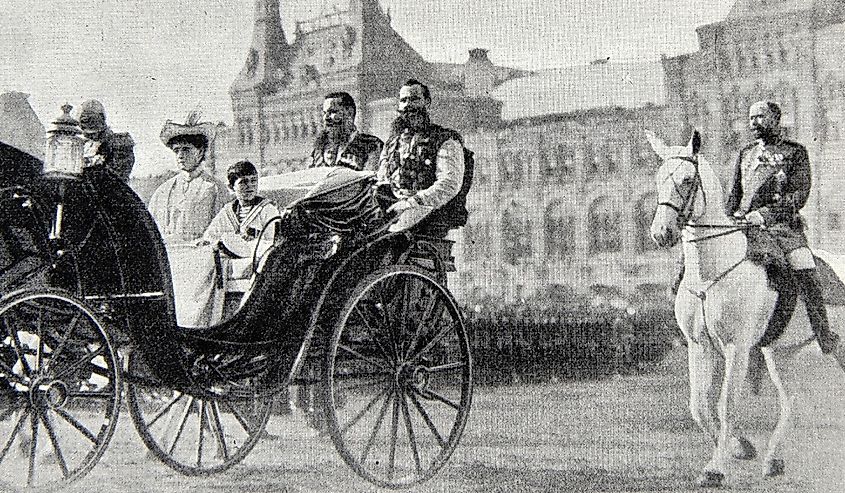
The beginnings of the Russian Empire traces back to the principality of Moscow, which started as a small town in the 12th century and gradually grew in influence due to its strategic location and astute political maneuvering, notably under Ivan I ("Ivan Moneybags"). By the time of Ivan III ("Ivan the Great") in the late 15th century, Moscow had successfully consolidated power over surrounding territories and threw off the Mongol yoke, laying the foundations for a unified Russian state that would later evolve into the Russian Empire under Peter the Great in 1721. The empire was marked by autocratic governance, massive territorial expansion, and a highly diverse ethnic population. Tsarist rule, while fostering modernization, was frequently oppressive, inciting social unrest that culminated in the 1917 Revolution.
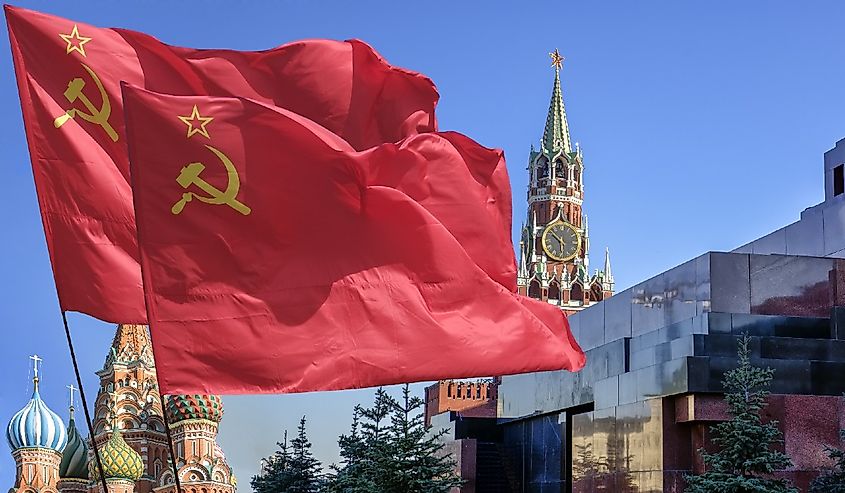
The Soviet Union, which succeeded the Russian Empire, sought to construct a socialist utopia and worked to achieve this by salvaging the Russian Empire's physical/geographical infrastructure while disposing of its cultural structure. Vladimir Lenin's leadership initially instilled revolutionary fervor, but his death gave way to Stalin's iron-fist rule, characterized by mass purges and collectivization. Despite the devastation of World War II, the USSR emerged as a superpower, competing against the US in the Cold War. Then, Khrushchev's and Brezhnev's reigns saw a mix of de-Stalinization (ending large-scale forced labor), military expansion, and stagnation. The late 1980s' Glasnost and Perestroika under Gorbachev aimed to reform the system, but instead led to its collapse in 1991.
United States of America
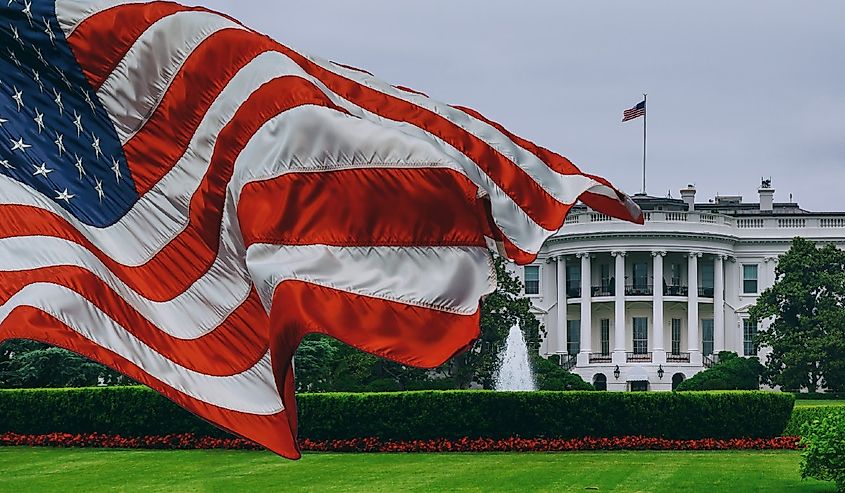
Although not officially a traditional Empire, The USA's current military and political influence, and history of territory acquisition and management, bear a striking similarity to empires of the past. The USA originated from 13 adjacent British colonies on the eastern coast of North America but declared independence in 1776 in the name of the Enlightenment ideals of liberty and democracy. Its early expansion westward into indigenous territories, termed Manifest Destiny, and the Industrial Revolution set the stage for its rise. Fueled by immigration, innovation, and resources, it emerged as a global power post-WWII. Its strengths lie in its diversified, technologically-advanced economy, military supremacy, and cultural influence. Furthermore, as it occupies a fairly isolated continent, it is currently near-impossible to successfully invade.
Today, it parallels old empires like Rome and Britain in scope, aesthetics, and influence. Rome's legal system, infrastructure, and language permeated the known world, much like the USA's cultural exports, English language, and democratic principles. Britain's former naval prowess and colonies echo the USA's global military bases and economic reach. However, the USA differs in its soft power emphasis, using cultural, economic, and political influence more than direct colonial control. Nevertheless, its military involvement in the Middle East and Southeast Asia has not gone without criticism, particularly because those involvements often provided indirect political or monetary benefits for the Red-White-and-Blue Federation. Last, the challenges it faces—inequality, polarization, global competition—mirror those of past empires, hinting at the universality of power dynamics.
Conclusion
It is a complex task to navigate the dichotomy between the tangible benefits these empires bequeathed us, such as advancements and infrastructure, and the harsh realities of their often violent dominion over unsuspecting cultures. Historically, rulers justified such conduct by claiming that the subjugated would have pursued similar paths of domination, given the opportunity. This logic stems from the reality that most of today's nations owe their existence to past tendencies of overpowering and absorbing neighboring competitors. However, the perspective has shifted in the modern age; large-scale conflicts are now viewed as more detrimental than beneficial, depleting resources and morale.
Empires have demonstrated over time that they are unsustainable in the long term. The constant interplay of internal and external pressures inevitably introduces too many fractures, overwhelming these consolidations of power and leading to their eventual collapse. It may be that a force will rule the majority of Earth again, someday, through either good intentions or a cancerous lust for power. Still, given the nature of humankind, no organization seems capable of permanence; for better or worse.











